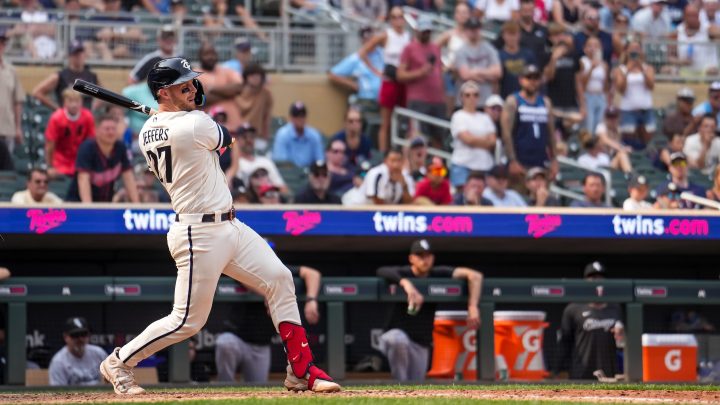
For Major League Baseball, shorter games and more action have drawn bigger crowds
For Major League Baseball, shorter games and more action have drawn bigger crowds

Major League Baseball’s playoffs start Tuesday, meaning it’s the homestretch of a season that brought a big change to the world’s oldest professional team sport: To correct a long-term decline in attendance, the big leagues used a clock in an attempt to make games shorter for the first time in their nearly century and a half-long history. They also changed some other rules to try to spice up the on-field action.
Those were gambles for a sport that prides itself on tradition, but the changes seem to have worked: MLB saw its highest attendance since 2017 this year, and on average, games were 24 minutes shorter than last year.
Those are positive signs for a league looking to build a new generation of fans.
Full disclosure, I was one of the more than 70 million people who paid to see a MLB game this summer. Thirty thousand other fans and I packed into Minneapolis’ Target Field in late July to watch the Minnesota Twins beat the Chicago White Sox.
We drank beer, ate hot dogs, saw some home runs, did the wave, and the game only lasted two hours and twenty minutes.
“In a world where your time is valuable, people like the idea of getting an entire baseball game in at about 30 minutes less than it was the year or two before,” said Victor Matheson, a professor of economics at the College of the Holy Cross.
But shorter games don’t tell the whole story, he said. A big part of the jump in attendance may be that post-pandemic revenge spending we’ve been reporting on.
“We saw vacation travel go way up, we saw good attendances at things like music concerts, obviously, things like Taylor Swift, setting all sorts of records,” Matheson said.
Another recent change that may have boosted attendance? More teams make the playoffs, said Brian Mills, an associate professor at the University of Texas at Austin.
“So there’s more reason to go to those games, because they may impact whether or not your team makes the playoffs,” he said.
There was also the World Baseball Classic right before the MLB season started. That once-every-four-years tournament typically boosts interest in the sport for a few months, said Khalid Ballouli, an associate professor at the University of South Carolina.
“I think the bigger question will be, what happens to attendance next year, right?” he said.
But the effort to shorten games is aimed at sustaining the sport well beyond next year, said Mills of UT Austin, by making going to the ballpark more kid-friendly.
“I think as folks realize that games aren’t going till 1 a.m. every single night, they may be more likely to bring their, you know, 5-, 6-, 7-year-old kid to the stadium downtown,” he said.
The league hopes those kids will get hooked, Mills said, and eventually grow into adult fans who — like me — are willing to spend way too much of their time and money on baseball.
There’s a lot happening in the world. Through it all, Marketplace is here for you.
You rely on Marketplace to break down the world’s events and tell you how it affects you in a fact-based, approachable way. We rely on your financial support to keep making that possible.
Your donation today powers the independent journalism that you rely on. For just $5/month, you can help sustain Marketplace so we can keep reporting on the things that matter to you.

















